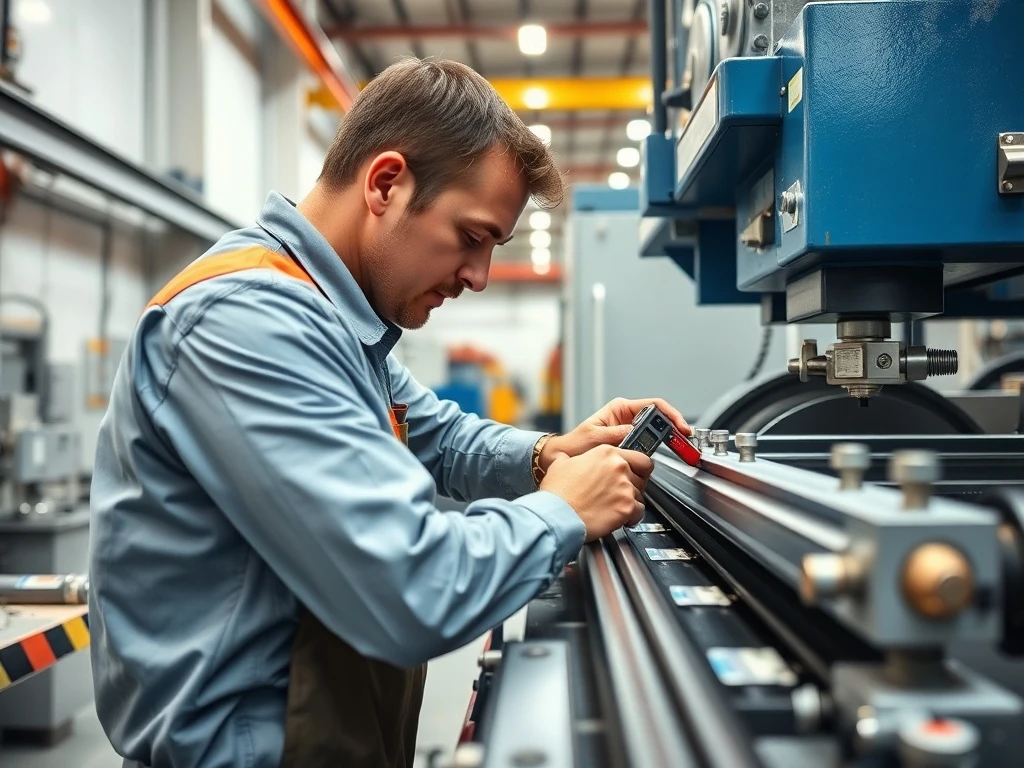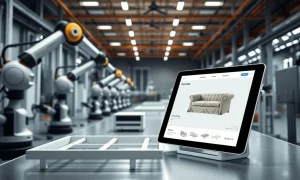Proper linear rail installation directly impacts machinery performance, operational efficiency, and long-term maintenance costs. Industrial professionals frequently encounter preventable errors that compromise system integrity. This comprehensive guide identifies seven critical mistakes that undermine linear rail functionality and provides actionable solutions for optimal installation outcomes.
Avoiding Alignment Errors in Linear Rail Installation
Precision alignment forms the foundation of successful linear rail installation. Many technicians underestimate the sensitivity of rail systems to minor misalignments. Consequently, even slight deviations can cause:
- Increased friction leading to premature wear
- Uneven load distribution across bearings
- Reduced positioning accuracy
- Higher energy consumption
Always utilize laser alignment tools or precision levels during installation. Furthermore, verify parallelism and squareness at multiple points along the entire rail length.
Proper Torque Application for Linear Rail Security
Incorrect bolt torque represents another common linear rail installation error. Both overtightening and undertightening create significant problems. Manufacturers provide specific torque specifications for good reason. Excessive force can distort rail geometry, while insufficient torque allows movement and vibration.
Implement these best practices:
- Use calibrated torque wrenches for all fasteners
- Follow manufacturer torque specifications exactly
- Employ cross-pattern tightening sequences
- Re-check torque after initial operation
Surface Preparation for Stable Linear Rail Installation
Inadequate surface preparation frequently undermines linear rail performance. Installation surfaces must meet specific flatness and cleanliness standards. Contaminants like oil, dust, or debris prevent proper mounting and cause instability.
Effective preparation involves:
- Thorough cleaning with appropriate solvents
- Surface flatness verification with straightedges
- Deburring of mounting holes and edges
- Application of suitable thread-locking compounds
Lubrication Protocols in Linear Rail Installation
Proper lubrication remains essential for linear rail longevity. While manufacturers apply initial lubrication, operational conditions require ongoing maintenance. Different applications demand specific lubricant types and frequencies.
Establish a lubrication schedule that considers:
- Environmental conditions (temperature, contaminants)
- Operational speed and load requirements
- Manufacturer-recommended lubricant types
- Automated lubrication system integration
Avoiding Modification Errors During Installation
Unauthorized modifications often compromise linear rail integrity. While sometimes necessary for specific applications, alterations require professional execution. Improper cutting or drilling introduces stress points and alignment issues.
When modifications become unavoidable:
- Consult manufacturer engineering support
- Use precision cutting tools with proper guides
- Thoroughly deburr all modified edges
- Verify structural integrity after modifications
Load Distribution Considerations for Installation
Correct load distribution ensures optimal linear rail performance. Each rail system possesses specific load capacity and distribution characteristics. Improper loading causes premature wear and reduced accuracy.
Key distribution principles include:
- Understanding moment load limitations
- Proper spacing of multiple rail systems
- Consideration of dynamic vs static loads
- Regular inspection for even wear patterns
Post-Installation Testing for Linear Rail Systems
Comprehensive testing validates successful linear rail installation. Many technicians overlook this critical final step. Testing identifies issues before they cause operational failures or damage.
Implement a thorough testing protocol:
- Full travel testing at various speeds
- Load testing at operational capacity
- Vibration and noise level monitoring
- Positional accuracy verification
Frequently Asked Questions
What tools are essential for proper linear rail installation?
Precision measuring instruments, calibrated torque wrenches, alignment tools, surface plates, and proper cleaning supplies form the essential toolkit. Additionally, manufacturer-specific installation fixtures often prove invaluable.
How often should linear rails be relubricated after installation?
Lubrication frequency depends on operational conditions, load, and speed. Generally, moderate applications require relubrication every 3-6 months. However, always consult manufacturer recommendations for specific guidance.
Can misaligned linear rails be corrected without complete reinstallation?
Minor misalignments sometimes allow correction through shimming or adjustment. However, significant misalignment typically requires complete reinstallation to ensure proper long-term performance.
What are the most critical measurements during linear rail installation?
Parallelism, flatness, squareness, and height consistency represent the most critical measurements. Additionally, proper bolt torque and surface cleanliness significantly impact installation quality.
How does temperature affect linear rail installation?
Temperature variations cause material expansion and contraction. Install rails at operational temperature when possible. Otherwise, account for thermal expansion in alignment tolerances.
What documentation should accompany a proper linear rail installation?
Maintain records of torque values, alignment measurements, lubrication specifications, and test results. This documentation supports future maintenance and troubleshooting efforts.








